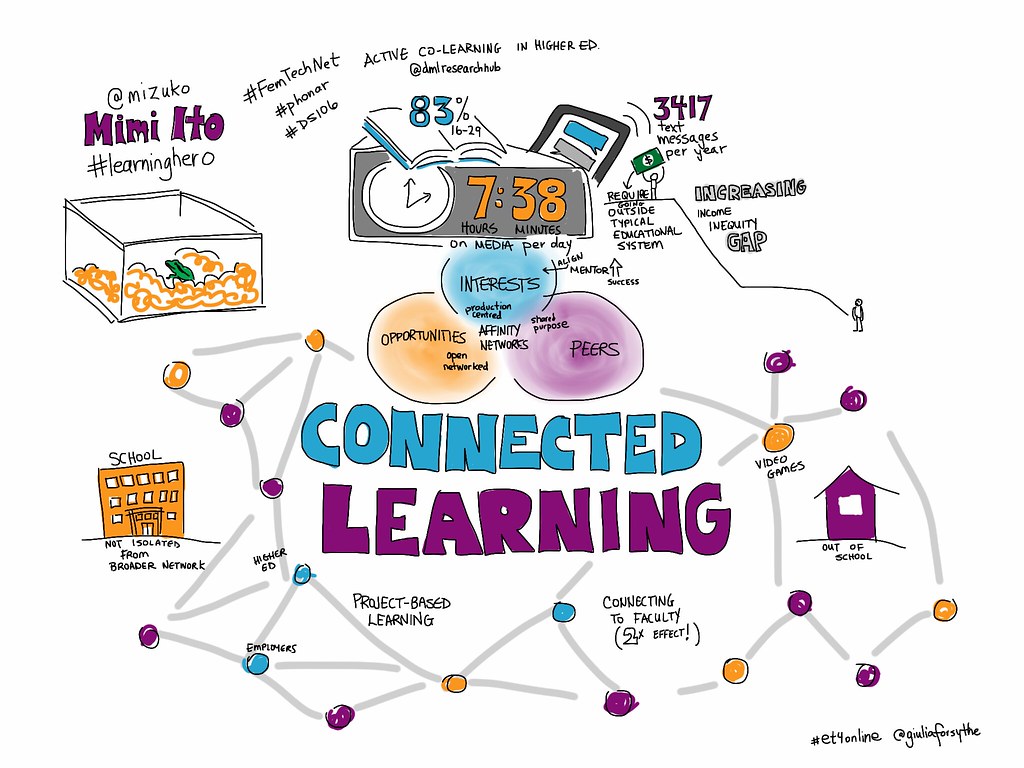“The Global Educator,” by Julie Lindsay is a book that has guided me throughout this semester in college while I have started to become a connected learner and teacher. This book has shed light on new ideas, concepts and opportunities of global collaboration that I can use when I step in front of my first class in the future. One of the most important recommendations that this book has given me was to start building my PLN now, as an education student. This way, when I start to teach at a school, I will already have a support system behind me. That idea of building my PLN led to me creating a Twitter and this very blog page. Throughout the book, Lindsay has shared case studies which provide great resources for teachers to use. I will share some of those case studies on this blog post.

One of the first case studies that was discussed in the final chapter of the book was “The Global Education Conference.” The mission statement of this conference was that it was, “designed to significantly increase education-related connections around the globe while supporting cultural awareness, recognition of diversity, and educational access for all.” The most important concept that the conference focuses on is connecting educators and classrooms. This conference promotes global collaboration. It is run by Lucy Gray and Steve Hargadon who have made massive strides in global collaboration throughout history.
Another interesting case study that was shared in this book was THINK Global School which takes place-based learning quite literally. The school constantly goes to a new locations to teach the students. The student role in this process is to be the main driving force for their own learning. The teacher has the role of being a “learning concierge,” for the students. This Youtube video shows a testimonial of a student who graduated from TGS in 2017.
In this chapter there are many communities that are discussed. These communities might come as conferences like the one mentioned above or might come in different forms of virtual communities like Our Global Friendships where teachers go to learn from one another. This is a great place where new teachers like me can go to begin or continue growing their PLN.

One case study that I especially liked was the VIF International Education and VIF Learning Center. I liked this program because it diversified education in an interesting way — through bringing international teachers into the United States. This way, students would be taught by people with different backgrounds than their own. I thought this was a great idea and would love to put more research into the program. They can be found on the website provided in the link above or through their twitter @VIFglobaled. Lindsay even gives trestemonials of VIF teachers who are part of the program such as Maria Ponce, a middle school teacher from Mexico who is going beyond the boundaries by teaching in the USA. As she puts it, this program helps the students understand differences.
There are many other case studies that Lindsay discusses in the text. This is only a run down of the ones that I did mention. Through reading Lindsay’s take on the case studies of visiting the websites in the links provided, you can learn much more about these programs, conferences and communities. Any new teacher looking to gain a hold on the world of education should definitely open their eyes to what some of these case studies have to offer.
Recent Comments